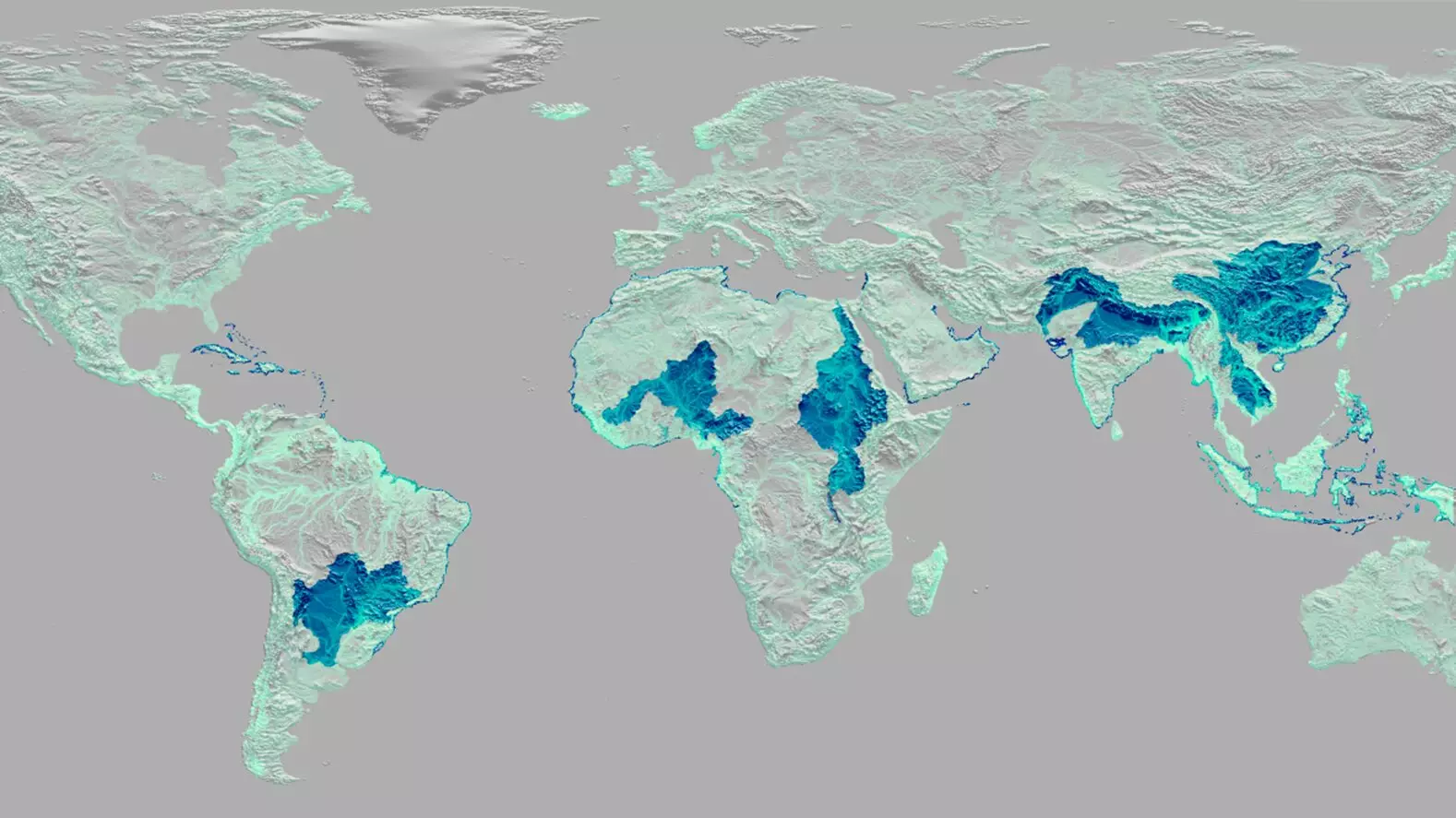In an era where environmental crises are escalating, the importance of effective waste management cannot be overstated. Recent research from IIASA underscores a harsh reality: the goal of achieving negligible waste leakage into aquatic ecosystems by 2030 is increasingly unlikely. This revelation should serve as a wake-up call, prompting policymakers, industries, and individuals to reevaluate their approaches to waste disposal. The persistent leakage of waste, especially plastics, into oceans, rivers, and lakes is not merely an environmental inconvenience but a direct threat to biodiversity, human health, and the stability of our ecosystems. The study emphasizes that without coordinated global action, we risk jeopardizing significant Sustainable Development Goals, particularly those linked to life below water and healthy cities.
Mapping the Hotspots of Waste Leakage
One of the critical insights from the IIASA analysis lies in its comprehensive, systemic approach. Unlike previous studies that only estimated plastic pollution levels, this research delves into the intricacies of waste flows, revealing specific regions and waterways that serve as primary leakage hotspots. It appears that Africa, South Asia, China, and India are bearing the brunt of the waste leakage problem, primarily due to inadequate waste management infrastructure. Rivers and coastal areas in these regions act as conduits, transporting land-based waste directly into sensitive aquatic habitats. This targeted identification allows stakeholders to prioritize interventions where they are most needed, rather than scattering efforts into ineffective, broad-spectrum solutions.
The Limitations of Single-Stream Waste Reductions
The study wisely cautions against an overly simplistic focus on reducing individual waste streams, such as replacing plastic with paper alternatives. While intuitively appealing, such measures can inadvertently shift the problem rather than solve it. For example, a substitution in single-use items may lead to increased paper waste that ultimately ends up in aquatic environments if not properly managed. Therefore, effective waste management must adopt a holistic perspective that tackles multiple waste streams simultaneously. Policymakers should design multifaceted targets that address complexities in waste composition, production, and disposal patterns, rather than relying on piecemeal solutions.
Universal Waste Collection: The Foundation of a Sustainable Future
Perhaps the most actionable insight from the research is the critical need for universal waste collection systems. Reliable, widespread collection points are essential to prevent waste from reaching the environment in the first place. This approach becomes even more critical in densely populated or resource-limited regions where informal disposal practices often dominate. Implementing standardized and accessible waste collection campaigns can drastically reduce land-based waste leakage, thereby protecting aquatic systems from pollution. Moreover, establishing a robust monitoring framework to track waste generation, flow, and composition is indispensable. Such transparency would allow governments and organizations to evaluate policy effectiveness, allocate resources more efficiently, and adapt strategies to evolving waste scenarios.
Changing Human Behavior at the Core
Ultimately, the enforcement of improved waste systems hinges on societal responsibility and behavioral change. As Gomez Sanabria emphasizes, the fundamental purpose of waste management is to serve environmental and human health. This shift calls for individuals to embrace practices like refuse, rethink, and reuse—reducing consumption, choosing sustainable options, and minimizing waste generation altogether. Societal awareness campaigns, education, and incentivization can play pivotal roles in fostering a culture that values sustainability over convenience. Only through collective responsibility and systemic reform can we hope to halt the ongoing devastation caused by waste leakage into our most vital water bodies.
The path toward a future with minimal waste leakage is fraught with challenges, but understanding where and how waste escapes is a significant step forward. The IIASA study presents a compelling case that achieving zero leakage by 2030 is unlikely unless radical, coordinated, and systemic changes are implemented now. It underscores the urgency of establishing effective waste management infrastructures worldwide, especially in vulnerable regions, and reframing our approach to waste reduction. As consumers, policymakers, and industry leaders, we must recognize that protecting aquatic environments and ensuring sustainable development require more than isolated actions—it demands a fundamental transformation in how we produce, manage, and dispose of waste. This is not solely an environmental imperative but a moral one, rooted in our collective responsibility to safeguard the planet for future generations.


Leave a Reply